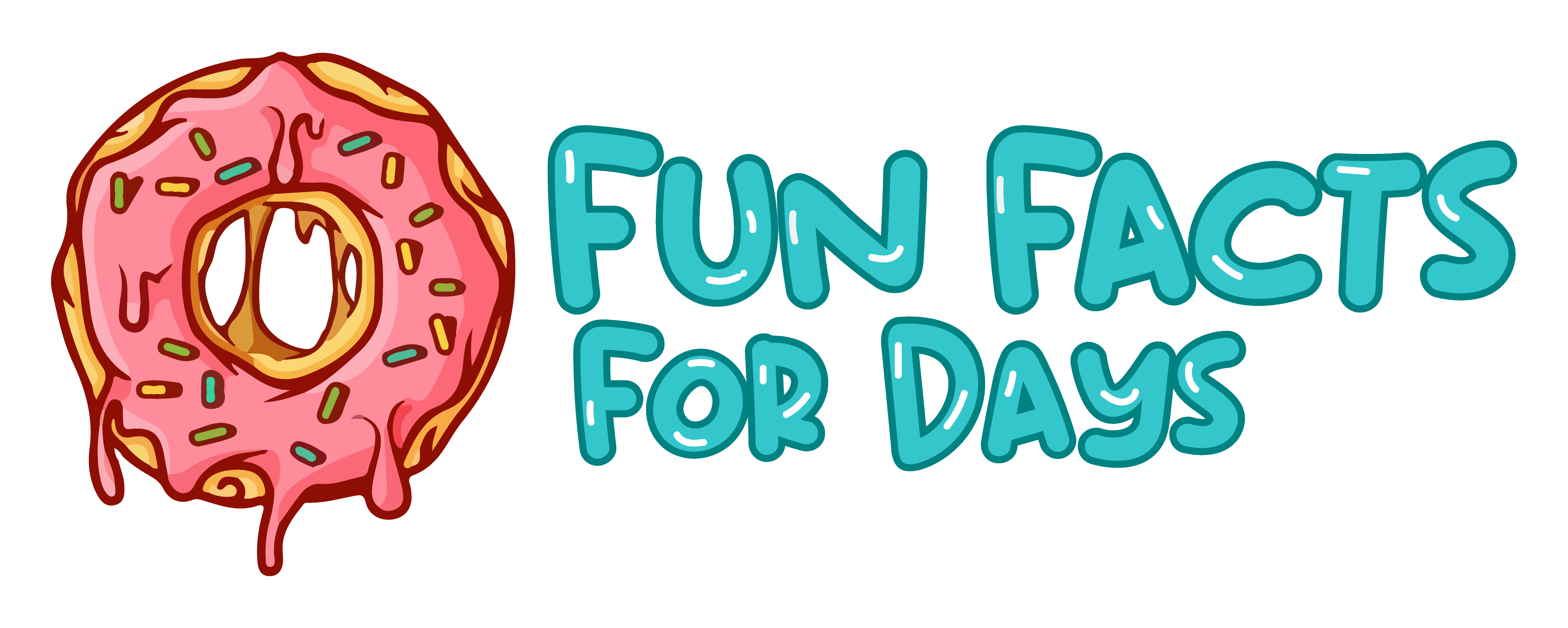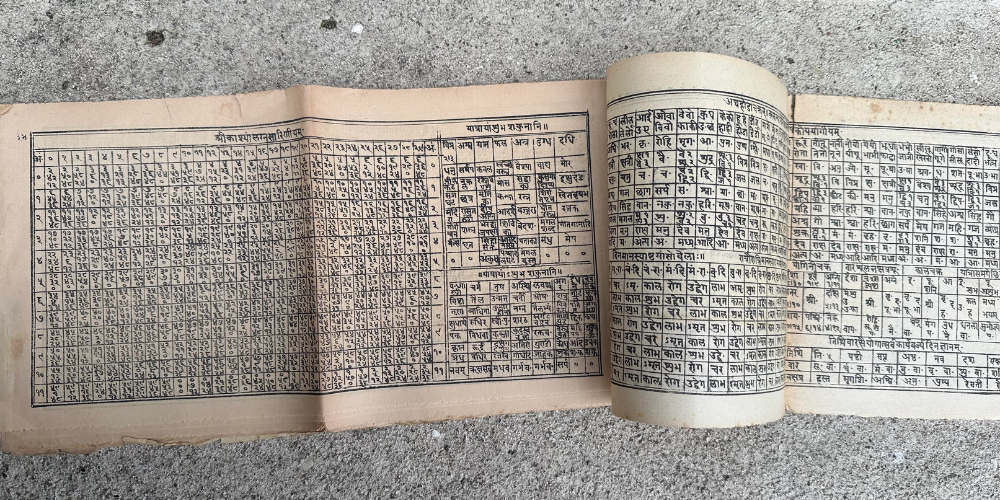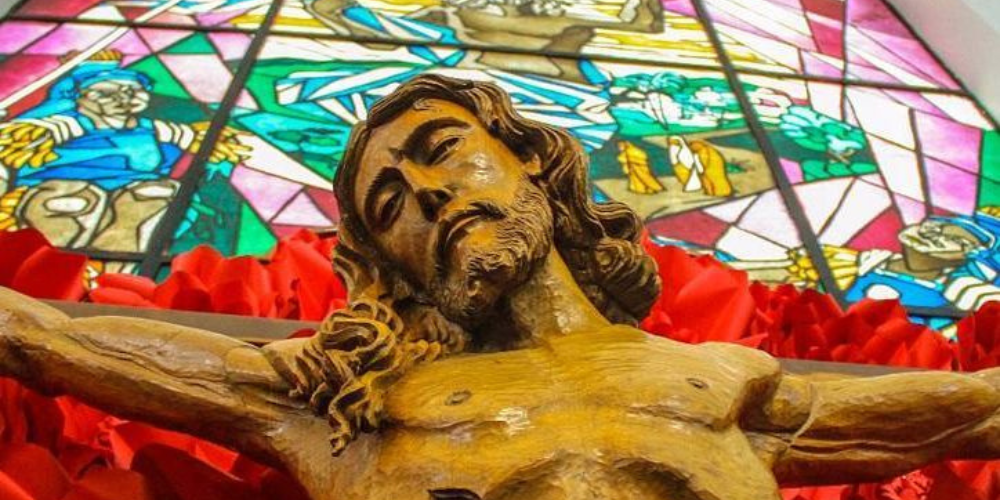Eisenhower Dollars, or "Ike Dollars," stand out as the last of the large, bold coins minted by the United States for general circulation. Though not as widely used in everyday transactions, these coins held a significant place in U.S. history, especially in casinos along the West Coast. Among these, the 1972 silver dollar has gained a special reputation, leaving many collectors wondering what makes a 1972 silver dollar rare. The answer lies in the intricate details of the coin's production and design, making it a coveted piece among numismatists.
A Brief History of the Eisenhower Dollar
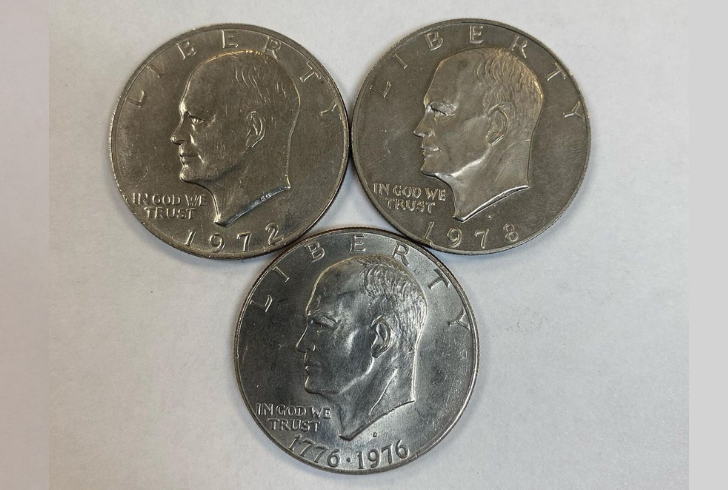
Instagram | the_coincollecter | The Eisenhower Dollar honors President Dwight D Eisenhower and the first moon landing in 1969.
The Eisenhower Dollar was minted from 1971 through 1978, paying tribute to both President Dwight D. Eisenhower and the monumental achievement of the Apollo 11 moon landing in 1969.
Frank Gasparro, the Chief Engraver of the U.S. Mint, designed the coin, with the obverse featuring a dignified portrait of Eisenhower and the reverse celebrating the Apollo 11 mission with an image inspired by the mission’s insignia.
What Makes a 1972 Silver Dollar Rare?
The rarity of the 1972 silver dollar is primarily due to the three distinct reverse die varieties that emerged during its production. The U.S. Mint made several modifications to the dies over time, altering the coin's relief and refining certain design elements. These changes resulted in three varieties, with the Type II reverse being particularly rare and sought after by collectors. Identifying this variety involves closely examining the Earth depicted on the reverse side of the coin; if the islands below Florida are missing, it indicates the rare Type II variety.
The Value of a 1972 Silver Dollar
When it comes to the value of the 1972 Eisenhower dollar, condition plays a crucial role. According to the Numismatic Guaranty Company (NGC) Price Guide, a 1972 silver dollar in circulated condition generally ranges from $1.05 to $1.50. However, for those in uncirculated, pristine condition, the value can skyrocket to $2,000 or more. The combination of rarity, especially with the Type II variety, and condition, makes these coins highly valuable in the open market.
The Bicentennial Commemoration and Unique Designs
In 1975, the U.S. Mint began production of a special Bicentennial version of the Eisenhower Dollar to commemorate the nation’s 200th anniversary. The design for this coin, created by Dennis R. Williams, featured the Liberty Bell superimposed on the moon, symbolizing the recent moon landings and the historic signing of the Declaration of Independence.
The dual-dated coins (1776-1976) were minted in large quantities to satisfy the anticipated demand from collectors nationwide. As a result, no Eisenhower dollars were dated 1975.
Key Dates and Varieties to Look For
While all Eisenhower Dollars hold some value, certain dates and varieties command a premium:
- 1972 Type II Reverse Uncirculated - As mentioned earlier, this variety is the most challenging to acquire. The rarity stems from the subtle differences in the Earth’s depiction on the reverse, making it a prized piece for collectors.
- 1976 Bicentennial Type I and Type II Reverse - Though not rare, these coins offer an interesting variety. The Type I reverse, minted in 1975, features thicker lettering around the coin’s circumference, while the Type II reverse, produced in 1976, has thinner lettering, making it easier to distinguish between the two.
Condition and Mint Marks
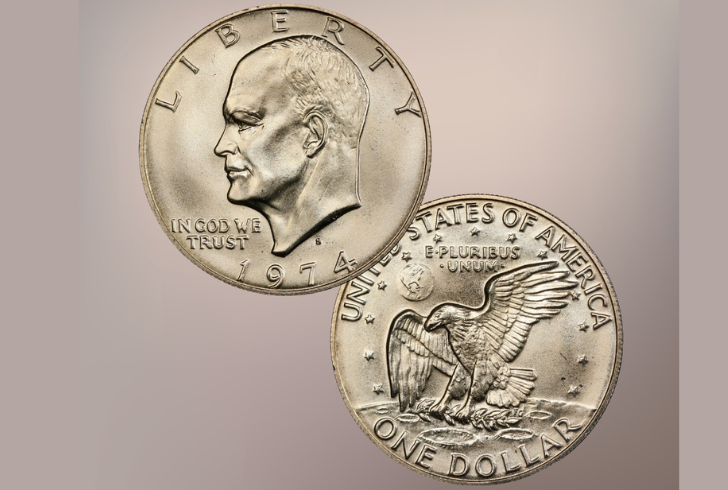
Instagram | heritagerarecoins | The condition of an Eisenhower Dollar impacts its value, with circulated coins showing wear typically being less valuable.
The value of an Eisenhower Dollar is also influenced by its condition or grade. Coins that have circulated show wear and are generally less valuable than those that remain in uncirculated condition, with pristine surfaces and no signs of wear.
Additionally, identifying the mint mark on an Eisenhower Dollar can provide insight into its origin. The U.S. Mint produced these coins at three different locations - Philadelphia (no mint mark), Denver (D), and San Francisco (S). The mint mark is found on the obverse side, just below Eisenhower’s portrait and above the date.
Understanding the Significance
Collecting Eisenhower Dollars offers a unique window into U.S. history. The combination of honoring a beloved president and commemorating one of humanity’s greatest achievements—the moon landing—makes these coins more than just currency. For collectors, understanding what makes a 1972 silver dollar rare involves appreciating the nuances in its design, the variations in its production, and the historical context that surrounds it.
A Piece of American History
The Eisenhower Dollar, especially the 1972 silver dollar, stands as a symbol of a significant era in U.S. history. Whether you’re a seasoned collector or just beginning your numismatic journey, understanding the factors that contribute to the rarity of these coins can enhance your appreciation for them.
So, when you come across a 1972 silver dollar, remember to check for the subtle details that make it truly rare and valuable. This coin is not just a piece of metal; it’s a piece of American history, carrying with it the legacy of a president and the triumph of the human spirit.
